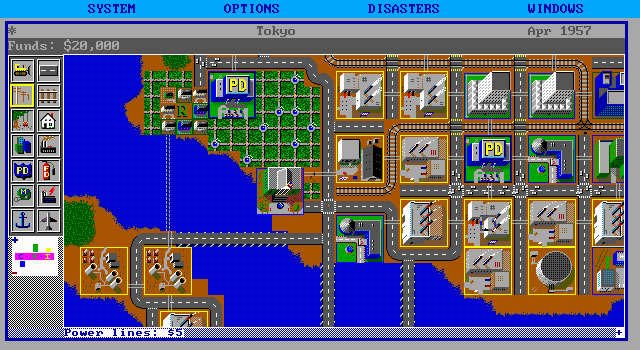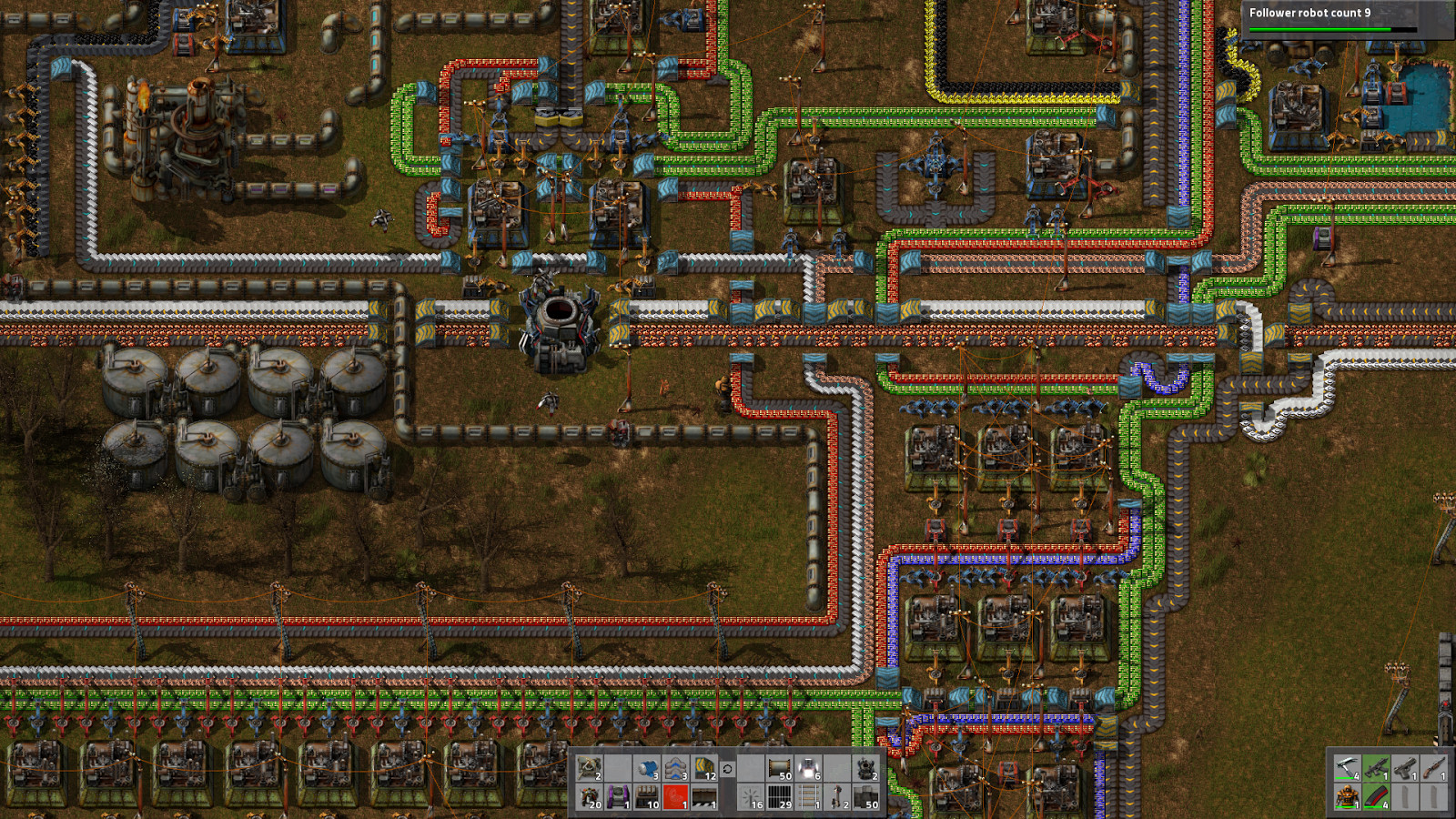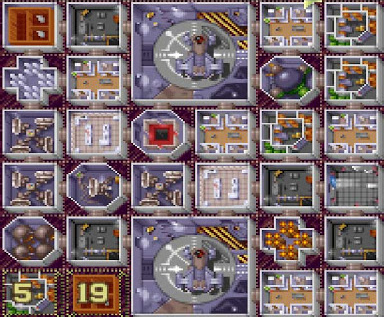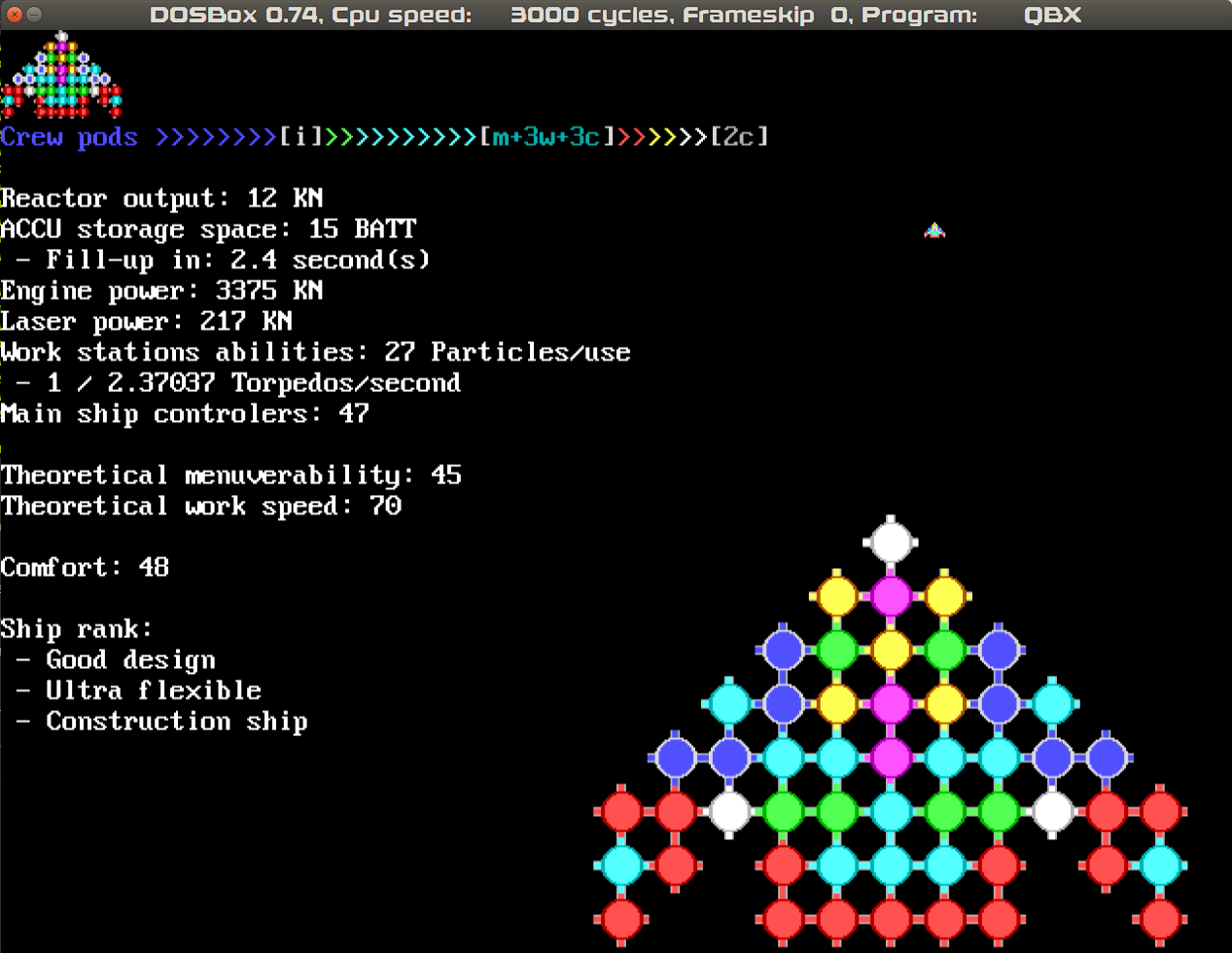Hello everyone,
As a disclaimer I must mention that I am very much a casual gamer. I’m mostly busy with work and don’t have time for games, but when I do catch a break, I like to indulge in a game or two. I don’t appreciate games being difficult, rather I enjoy them for their rewarding simulated worlds.
 I think by now everyone has read that article by the author of the original Sim City game in how his game came about — that he was making a helicopter game for which a semi-realistic map was required and he ended up having more fun with the map building than with blasting it to pieces in the helicopter game afterwards. The game was, of course, a notable commercial success considering the point that the city sim was barely considered to be a game at the time, given it’s open-ended nature.
I think by now everyone has read that article by the author of the original Sim City game in how his game came about — that he was making a helicopter game for which a semi-realistic map was required and he ended up having more fun with the map building than with blasting it to pieces in the helicopter game afterwards. The game was, of course, a notable commercial success considering the point that the city sim was barely considered to be a game at the time, given it’s open-ended nature.
What this story fails to cover, somehow, is that there is a population of people who enjoy creating more than destroying and that there was afterwards a series of games, all somehow new in that they allowed the player to be creative within the simulated world.

I’m one of those people. It should probably come as no great surprise, that out of the modern games, I enjoy Factorio. However, there was a number of other games that sort of hit the sweet spot as well, even though they always had other aspects which either made them somewhat unreachable for an unskilled casual player with limited time, such as myself.
 Even since I was a kid I remember enjoying old games like Star Control 2, with it’s modular starship. The graphics at the time was limited, but what they did not make up for with vibrant colors, they left to our imagination. From the the hexagonal crew pods with that little life-support bubble, to the cargo bays with landing pads and fuel tanks with windows on the side, so that you could see how much fuel was in them. Perhaps everything was covered with a neon glow and colored lights, but it made sense: It looked functional. Each module cost resources and provided a very simple stats boost, but in your mind you could see all the infrastructure and circuits that made those modules work. Place the generator next to the fuel tank, so that it would be efficient. There was no gameplay mechanic to go with that, but I could imagine. 🙂
Even since I was a kid I remember enjoying old games like Star Control 2, with it’s modular starship. The graphics at the time was limited, but what they did not make up for with vibrant colors, they left to our imagination. From the the hexagonal crew pods with that little life-support bubble, to the cargo bays with landing pads and fuel tanks with windows on the side, so that you could see how much fuel was in them. Perhaps everything was covered with a neon glow and colored lights, but it made sense: It looked functional. Each module cost resources and provided a very simple stats boost, but in your mind you could see all the infrastructure and circuits that made those modules work. Place the generator next to the fuel tank, so that it would be efficient. There was no gameplay mechanic to go with that, but I could imagine. 🙂
 Similarly was another game, called XCOM. It was also a difficult combat game with no cheats, so it wasn’t something I could ever get into. But looking over my older brother’s shoulder, boy did the base building look appealing. A little immersion-breaking at times, when you had a missile silo 3 floors down from the surface with other buildings on top of it, but for me — I couldn’t care less how the game played, I loved the way the little discrete base modules looked like and how you could connect them together.
Similarly was another game, called XCOM. It was also a difficult combat game with no cheats, so it wasn’t something I could ever get into. But looking over my older brother’s shoulder, boy did the base building look appealing. A little immersion-breaking at times, when you had a missile silo 3 floors down from the surface with other buildings on top of it, but for me — I couldn’t care less how the game played, I loved the way the little discrete base modules looked like and how you could connect them together.
There are newer XCOM games now and you will note how unappealing and plain the base building looks now, despite newer graphics and animated personnel, it’s just not the same. The magic of being able to imagine crew responding to an invasion out of the actual base you built is gone and the gameplay is forced and linear. Heck, the tutorial plays such that you can’t even choose anything — you play one way or you loose. Game makers, it seems, no longer understand what made games fun and attractive, instead focusing on the challenging, competitive play.
Back when I was a kid, exposed to games like SimCity 1 (released 1989), Star Control 2 (released 1992), XCOM original (released 1991) as well as being your typical 10 year-old kid (we didn’t get those games when they were new, we got them on second-hand hardware a few years down the line), with an aptitude for computers — and exposed to those collector card games with tanks and stats, I soaked up all those concepts like a sponge. I was good at computers and my friends were into games just like I was, so I’d spend my free time coding games. I was no artist and the development cycle for these “games” was far too short for me to be able to produce anything worth releasing outside of… well boasting about the finished game in front of friends and enjoying a few rounds of the game myself, but there was one game I made, which I remember even now, 25 years later.

Forgive the cheesy flavour text and bad spelling… I was 10 when I made it, remember?
As a cynical joke regarding my lack of artistic skill with the games, I called them Pixel Mania-s as most of my sprites were simple pixels. I made about 35 of them altogether, most of them were something AI or something water related (as an even younger kid, around age 5, I would play by a stream with the water, I guess that was another strong influence in my life), little simulations of things that were fun enough. Make a game of pong and implement two different AI players, to see how well the algorithms fare, etc.
The one you are looking at above, was Pixel Mania 30, arguably the most gamelike of them all. You’d build a starship out of nothing but modules. White storage modules, yellow lasers, blue crew pods, green reactors, cyan computers, purple cargo pods, red engines. These would come together like pixel-art, creating the shape of the ship. At the same time, a complex system of adjacency bonuses generated the ship stats and ensured that it wasn’t all that easy to create a super ship: Engines were only effective if adjacent to open space, computers directly connected to engine units increased manoeuvrability, lasers with forward-facing openings could be used as weapons, whereas lasers connected to cargo pods allowed ore to be processed mid-flight. Lasers connected to reactors got an extra power boost and well, you can imagine the rest. Pretty sure the game even had a mechanic that made conical ships faster, to avoid all ships looking purely functional like… heh… the ISS or the Borg.

I must admit I kinda miss the creative freedom and simulated mechanics like that in new games. There might not be an alternative to simply revisiting that game and making it again in Javascript or something. Of course, I don’t actually have that kind of time. Maybe I’ll get started on some small part that won’t go to waste even if it’s never used.
Like this blog. 🙂
LP,
Jure